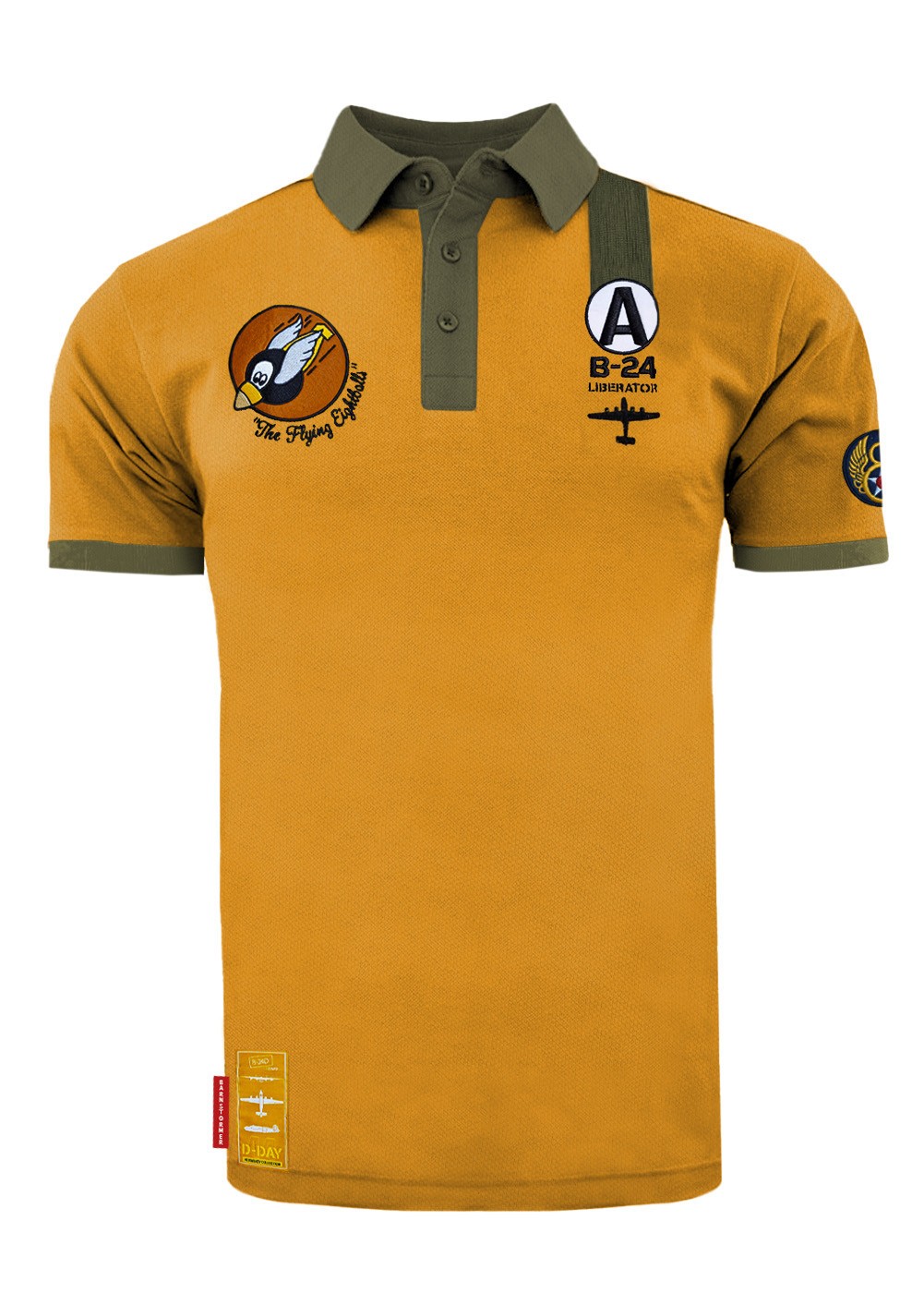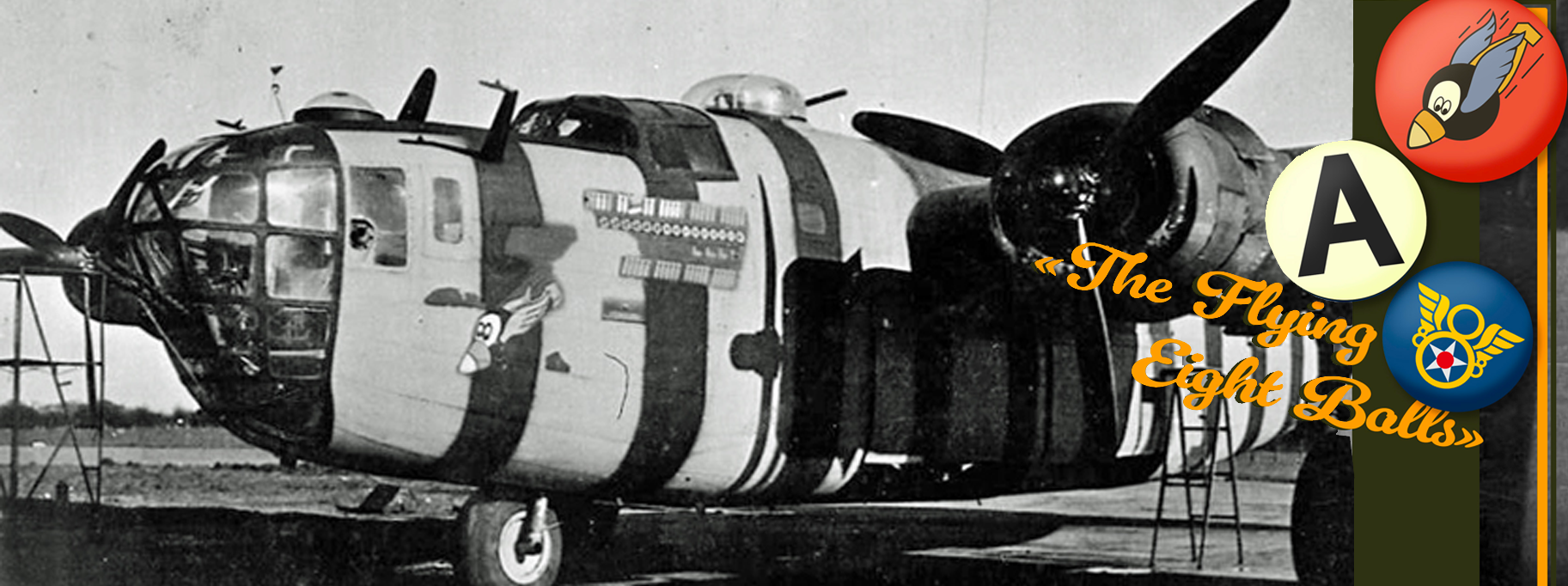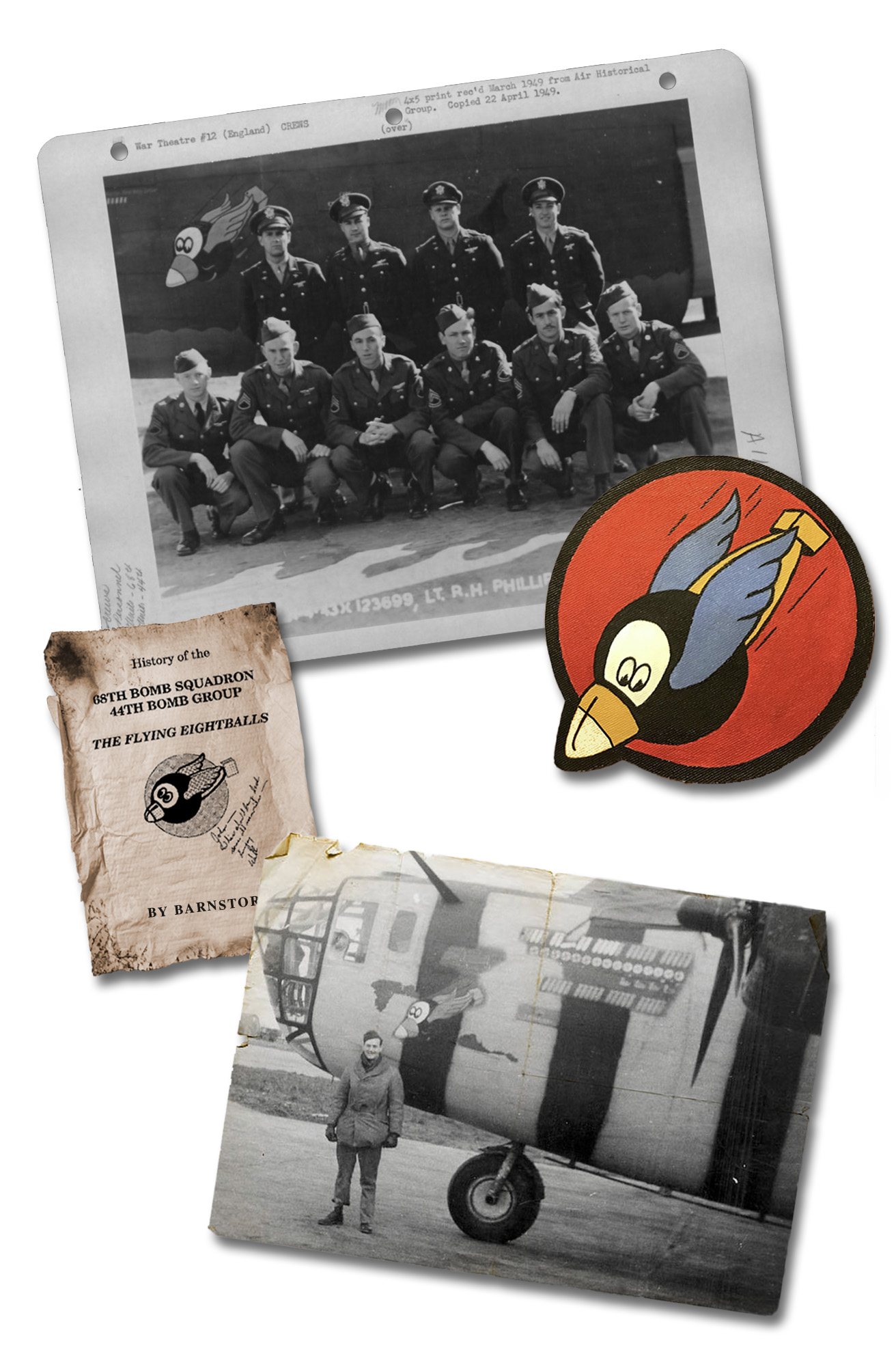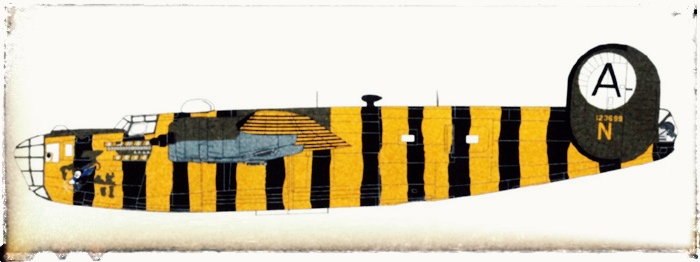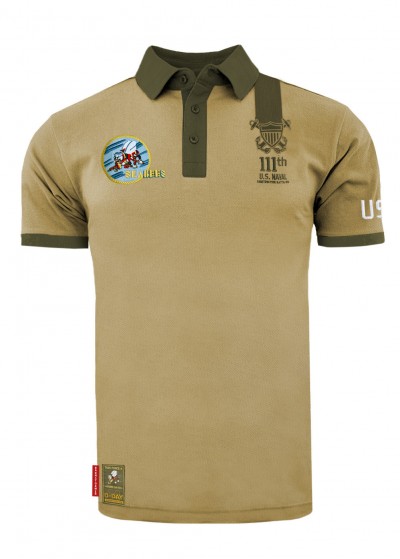The B-24D Liberator (No. 41-23699) nicknamed “Lemon Drop” of 8th AF's 68th Bomber Squadron had an incredible career.
It was one of the first 9 aircraft flown to England by the 68th in 1943. It took part in Operation Tidalwave on August 1, 43 at Ploesti, the large-scale strategic bombing raid carried out from Benghazi in Libya by the USAAF, against the Romanian oil complex at Ploiești, which was the main source of fuel for German forces,
Later, it was declared “War-Weary” and used as an assembly ship on behalf of the 44th BG. Specially equipped to facilitate the grouping of formations of hundreds of bombers with signal lights, pyrotechnic devices, and of course its incredible distinctive yellow and black striped psychedelic paint scheme to enable it to be easily recognized by its bomber group.
The aircraft used as “Assembly Ship” or “Polka Dot” in the first assignment are B-24Ds retired by the 44th, 93rd and 389th BGs. The organization of the signal lights varies from group to group, but generally consists of flashing white lights on each side of the fuselage, organized to form the identifying letter of each group. All armament and protective devices are removed, in some cases including the tail turret. On the B-24Hs used for this purpose, the nose turret is removed and replaced by a carpetbagger nose.
The “Lemon Drop” thus played an active role in the formation of bomber squadrons prior to the operations on June 6, 1944.

